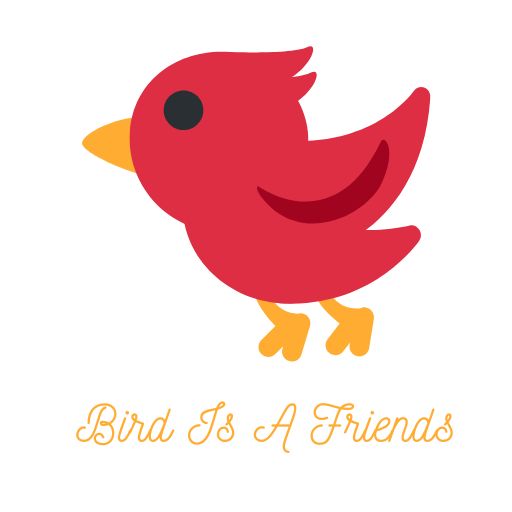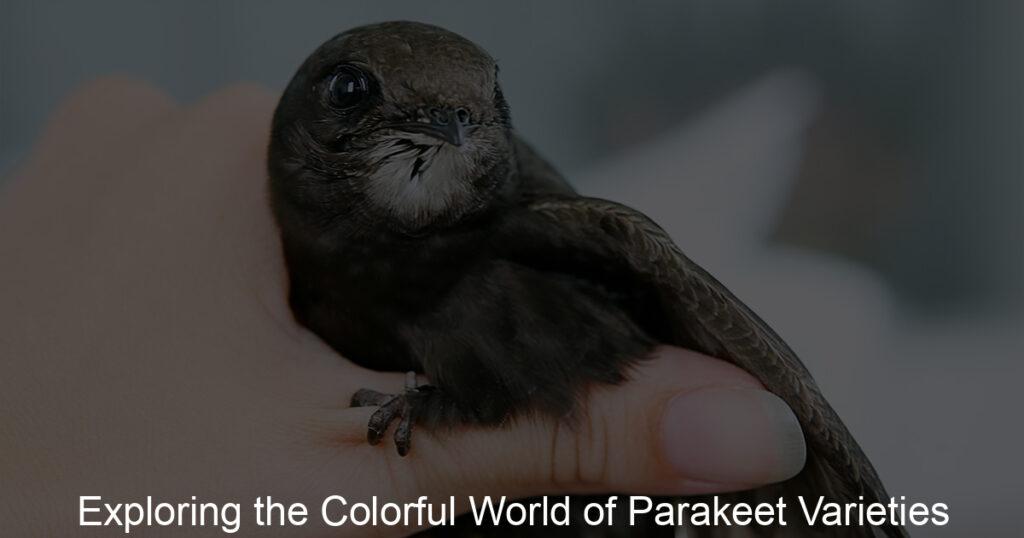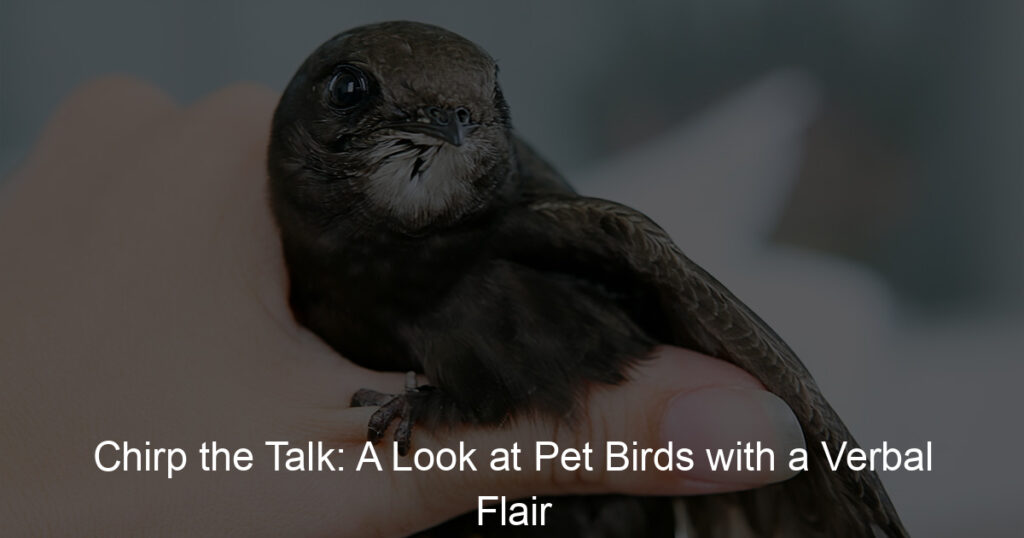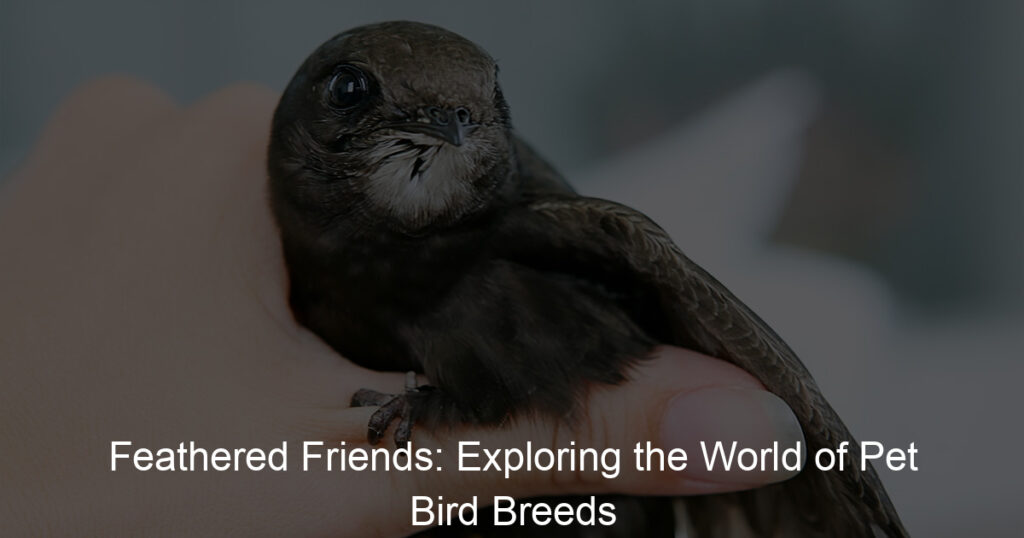While many of your bird’s actions are intuitive, like feeding, bathing, flying, and climbing. Other sorts of acts or behaviors may be challenging to comprehend. It is usual for new bird owners to misread their bird’s behavior and wonder why it bit them or why it flew away from their fingers.
Therefore, learning the specific body language of birds is always advantageous since this makes it simpler to interpret what your bird is attempting to communicate.
In this article, you will learn some of the birds’ behaviors you might need help understanding.
Read on to find out.
Understanding Bird Behaviour

Flapping Wings
Birds usually cling to their perches and flap their wings furiously as though attempting to take off. It is entirely natural behavior, particularly in birds that cannot fly. Birds engage in this activity when they feel pleased; it may also be a component of their mating behavior.
Feather Plucking
It is normal for birds to use some of their time preenings, and it is not unusual to see feathers on the bottom of a cage. However, if a bird rapidly begins removing or plucking its feathers, this is an aberrant behavior that might have numerous physiological and mental reasons.
If you see that the bird is plucking its feathers, you must consult a veterinarian specializing in birds to discover the source of the behavior.
Eye Pinning
Eye pinning is typical behavior among parrots with light-colored eyes. It occurs whenever the pupil dilates and contracts. It is typically seen in amazon parrots, ring-necked parrots, macaws, and African greys; nevertheless, any parrot can exhibit this behavior.
Crest Position
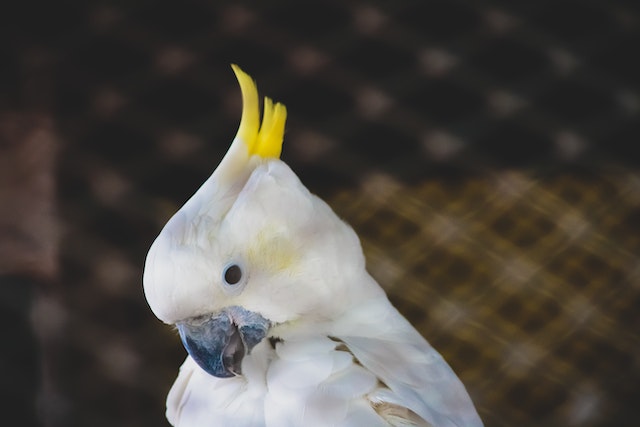
If you own a bird with a crest, such as a cockatiel or a cockatoo, its crest feathers may reveal a great deal about its disposition. Straight-up crest feathers might indicate that a bird is scared or very interested.
A protective bird will retain its crest feathers near its head and flatten. A calm bird will have raised crest and fluffed facial feathers, and you may hear it quietly grinding its beak.
Chattering
Small birds chatter for numerous causes during the day. The majority of birds are loud during dusk and dawn when they’re preparing to eat.
Some little birds also chatter in their slumber throughout the day, a defensive adaptation demonstrating to intruders that they’re awake and aware, not dozing and helpless.
Regurgitation
It is the process of removing undigested food from the stomach. It is a frequent behavior among cockatiels, parakeets, and some more giant birds. Your pet has a close attachment with you, and if it regurgitates meals for you, it attempts to “share its meal.”
As an expression of love, birds may do this with their caged companions or breeding partners. However, this behavior is far more prevalent during the mating season.
Tail Fanning
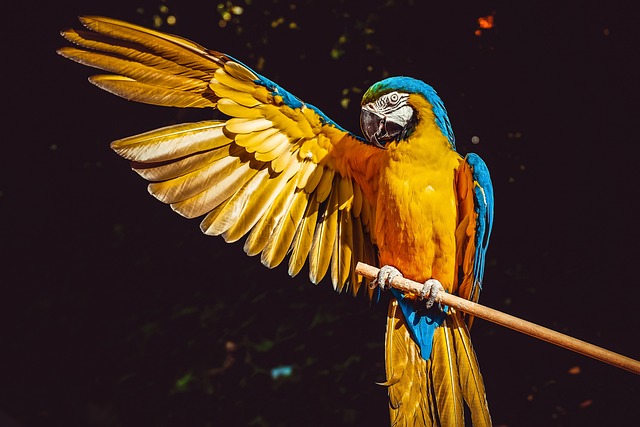
This conduct is described as a sign of hostility and expresses evident discontent. A bird fanning its tail is disturbed and furious, and this action strongly indicates that it may bite if you repeat the action that provoked it.
It might be as essential as an unfavorable individual entering the cage or a tiresome interaction activity.
Flock Calling
You might notice that your bird “calls” you continuously and refuses to be silent unless you enter the room. It is termed “flock calling” in the wild. It is usual for birds to want to learn where their mates are; therefore, they scream in anticipation of a response.
It helps couples find one another and ensures their safety. Your bird would like to engage in “contact calling” with you. If you detect that your bird is summoning you by screeching or whistling, call back to let it know that you’re alright.
You may turn it into a game. It gives the bird a sense of security and will often calm it down after several calls.
Beak Clicking
It is a harsh, persistent “clicking” sound produced by birds when they feel unsafe or defend an item or place.
Frequently accompanied by neck extension and even leg lifting indicates that the bird is protecting its territory or goods and attempting to repel the “intruder.” You will likely get a severe bite if you approach a bird demonstrating this behavior.
Hissing
Hissing is an expected defensive behavior in birds like cockatiels and African greys. Any bird that hisses or growls at you is likely feeling threatened and may bite or lash out in defense.
Final Thoughts
Bird owners need to learn to comprehend the significance of their birds’ noises and actions to properly domesticate, teach, and care for their birds.
Even though the behaviors of a given bird or breed do not always resemble the interpretation of the same act in every other bird, we have discovered that the actions and meanings of several fundamental avian behaviors are generally comparable.
